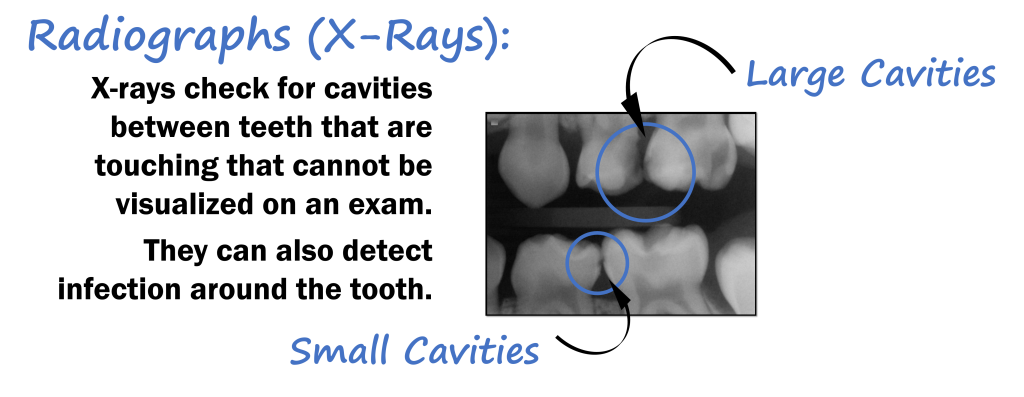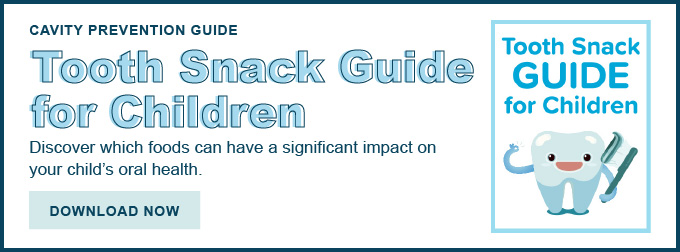Frenectomies in Muscatine are the best way to resolve tongue and lip ties. But once…
When Does a Child First Go to the Dentist?
When children are seen at a young age parents can be educated on healthful habits relating to their teeth. You have your child’s best interests in mind, so you naturally have questions regarding your child’s first dental appointment.
When Does a Child First Go to the Dentist?
The American Academy of Pediatric Dentistry (AAPD), the American Academy of Pediatrics, and the American Dental Association all recommend the first dental visit occur when the first tooth erupts, or age one. The primary goal of this visit is to simply get the child used to seeing a dentist. For a toddler, a dentist’s office can be scary, so getting them used to seeing a dentist early is key to establish good dental habits and reducing anxiety and fear.
What to Expect for Your Child’s First Dental Visit
Many may wonder what a pediatric dentist will do at the first visit as infants aren’t at a level where they can cooperate for a traditional cleaning let alone sit in the dental chair. Pediatric dentists have developed a method to evaluate the oral cavity in young children called a Knee to Knee Exam. The exam position can be a great time for caregivers to be with their child during the first dental visit and allow a pediatric dentist to teach oral care. The exam should only take a few minutes, and it is normal for a child to cry during the exam.

The exam does have limitations as it only allows dentists to see the tops of the teeth, and without radiographs (x-rays) it is not possible to ensure a child does not have cavities. X-rays allow for evaluation where teeth are touching and a dentist cannot see.
How Early Will My Child Get X-Rays?
Children may not be cooperative for x-rays until they are three or four years of age. This can present problems in cavity detection because approximately 60% of cavities in baby teeth are between the teeth.
It may be a surprise to many parents that after the first x-rays cavities exist after going for a few years and finding “no cavities.” This is why what pediatric dentists do after the exam is important.
Anticipatory Guidance as Part of Pediatric Dentistry
After the exam, pediatric dentists will provide anticipatory guidance. Anticipatory guidance is discussion of changes relating to the growth and development of a child. The AAPD has provided recommendations for all dentists to follow.
At Arctic Dental, Dr. Jarod will sit down with parents and go over key information relating to their children. The information includes information about tooth eruption, oral hygiene counseling, injury prevention, and non-nutritive habits. This is an important part of the visit as it will provide parents with the information to take care of their children as they grow. Following recommendations can help reduce the risk of finding cavities once a child is cooperative enough for x-rays.





